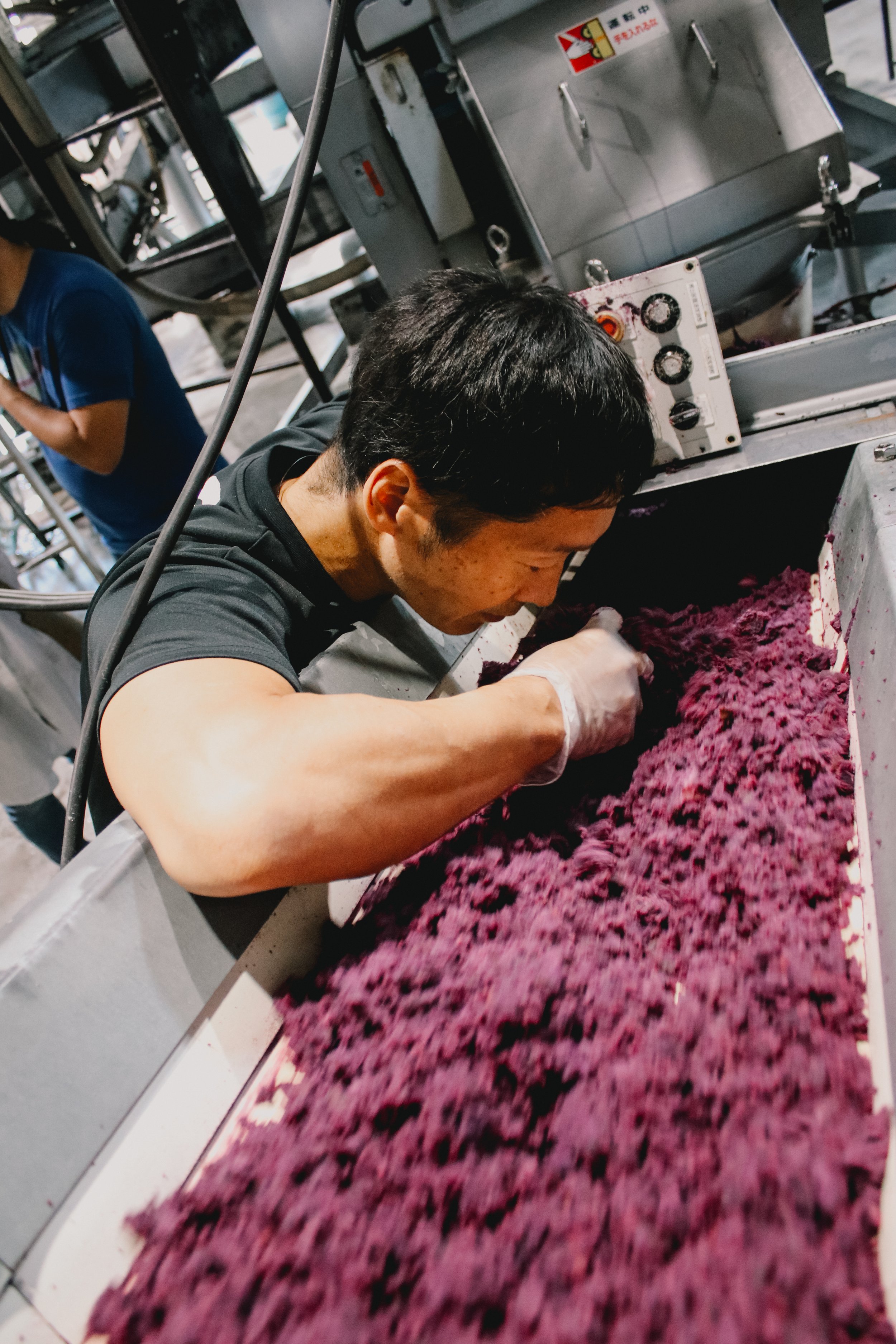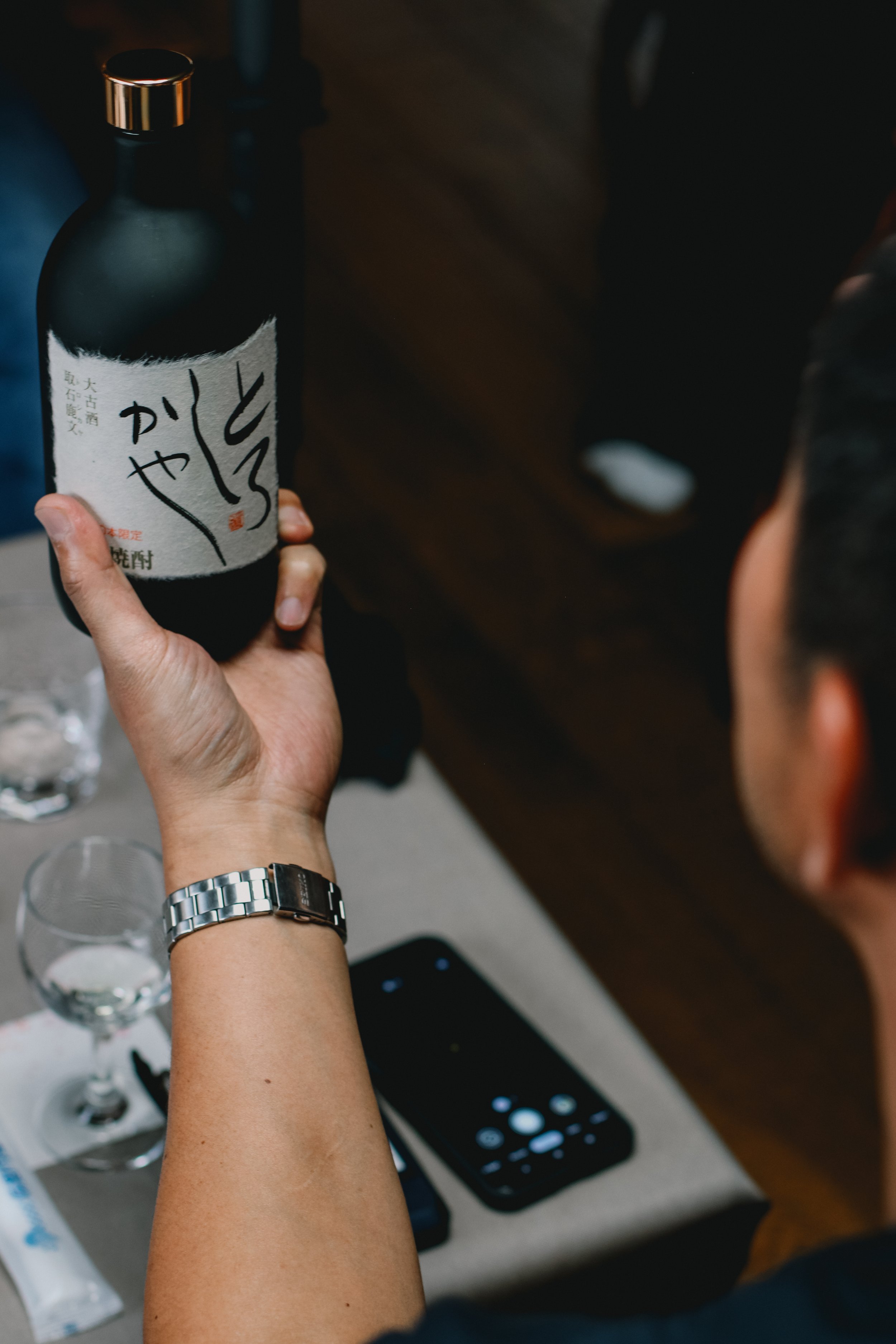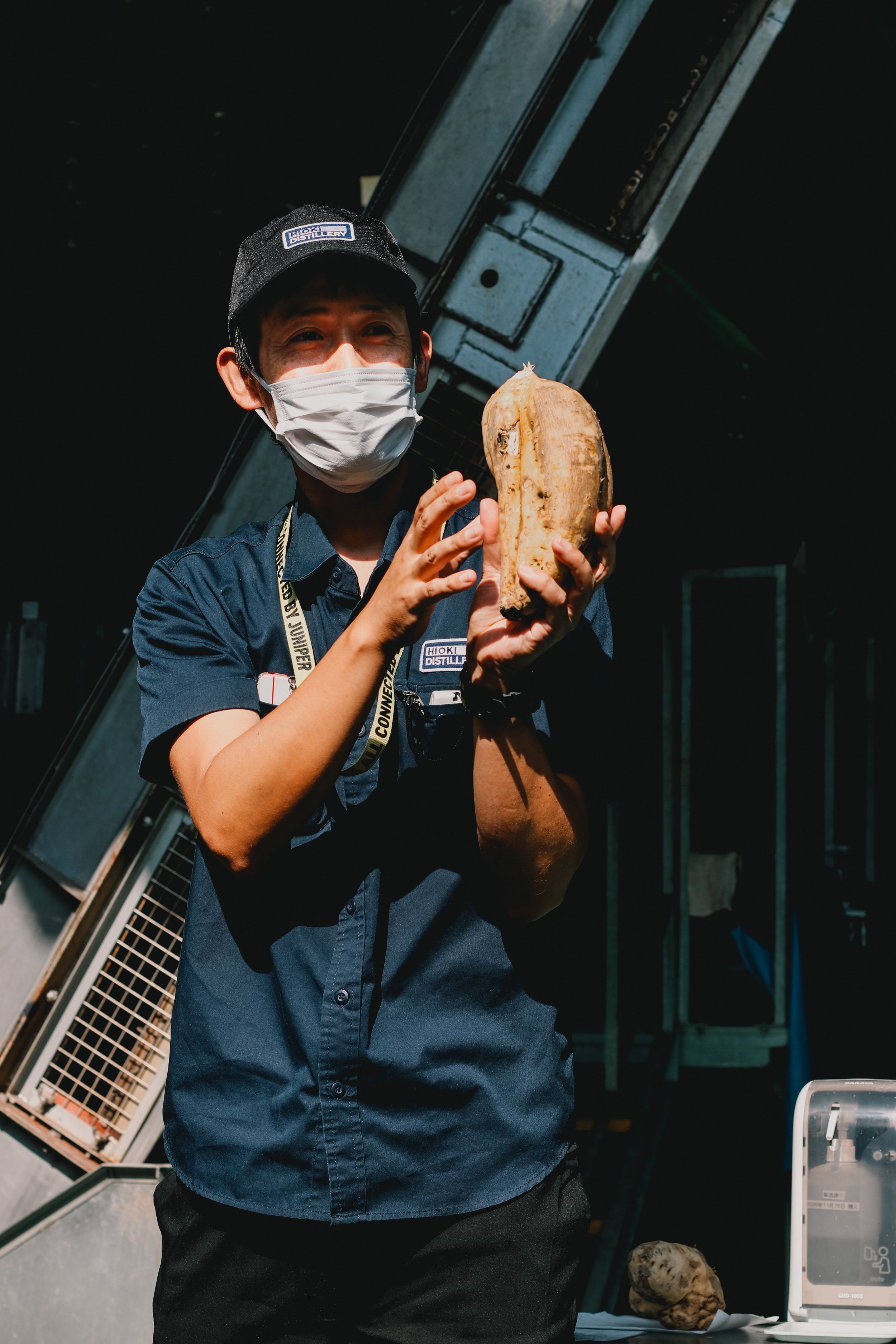A Taste of Home: Exploring Shochu From Kyushu
By Kento Goto
Renowned bartender, Kenta Goto, of Bar Goto and Bar Goto Niban, recently had the chance to explore his family roots in Kumamoto through a multi-stop shochu tour in Kyushu.
Kumamoto Castle, Japan
I was born and raised in Tokyo, Japan, but my dad is from Kumamoto. He has always had a lot of pride in being from Kyushu, so I felt some extra excitement leading up to this trip. I remember visiting Kumamoto from Tokyo once when I was a kid, more years ago than I would like to admit, maybe when I was 10 or 11 years old. I remember the views of the rice fields and the house that my dad grew up in. It’s in the countryside, and as a kid I loved it. You can catch a bunch of insects, and frogs, all of the things that interested me as a 10-year-old. I remember that visiting Kyushu felt different and totally new. Now living in New York for 25 years, I appreciate Japanese culture and where I come from more than I ever did when I was growing up there. Kumamoto is known for many things, such as horse sashimi, lotus roots stuffed with mustard, etc. One of them is rice shochu, so I was very excited about this trip and to explore this connection that my family has with the area.
Oita Prefecture
My first impression on day one of the trip was at the airport. I’m used to JFK or LaGuardia, New York City airports, which are usually very busy and chaotic. Outside of Fukuoka airport, we waited for a taxi. After a long flight from the US, it was quiet and relaxed. Everything was smooth. Because of everything going on in the last few years, I haven’t visited Japan in a long time. It felt really nice to be back. When we got on the tour bus the next morning to travel to our first shochu distillery, the view from the window was exciting. We started our trip in Oita and then traveled through Kumamoto and Kagoshima. Seeing typical Japanese houses in the middle of green and rice fields was calming. Rice fields, beautiful orange-hued persimmons, especially in Kumamoto and Kagoshima prefectures. In Kagoshima, our group often had a view of the ocean.
We visited several distilleries. Some are much larger operations than others, like Iichiko in Oita prefecture and Komasa Jyozo in Kagoshima. Regardless of the size of the operation, what I was inspired by at each distillery was the passion that the producers had for their product. They are all very serious about their craft. Visiting the small distilleries was a unique experience. I felt close to their operation. At Kamishuzo, we watched a man carefully inspecting mashed purple sweet potatoes by not only with his eyes but with his nose. We learned the difference in aroma between desirable potatoes and undesirable ones. They’ve been doing this for years in an old building. You feel the history. Everything is done with care and incredible attention. Tasting the finished product after the tour, all of this transferred to the glass. I wish that, reading this, you could feel the warmth and humidity in the air in the distillery and the yeasty scent of the koji and ingredients mingling together, a little sweet and a little fermented, musky, and very unique to the production process. We were able to taste the first cut of distillation at Kamishuzo. It's high-proof, and the flavor just punches you. It’s like a potato shochu bomb. You really get the taste of the koji and the sweet potatoes, and it tastes very fresh and pure. It's something that usually isn’t bottled a lot because it’s a small quantity and may be inconsistent, so it was special to have an opportunity to try it. The taste is pure and true to what shochu is all about – its ingredients.
Komasa Jyozo
Visiting the Komasa Jyozo distillery, the size struck me. This place is big! They still use some old production methods but also have modern equipment. The number of potatoes that they go through in a day is crazy. They have over 20 lines of shochu in their portfolio, and one of them, in particular, blew me away. It smells and tastes like banana. First, I saw the label with a picture of a banana on it, and my initial assumption was that they made a flavored shochu, but this wasn’t the case. There is no flavor added; it’s a potato shochu that really tastes like a banana. This is all about the right yeast. They found it, and they are doing something great with it. They really know their product, and they made magic happen. They produce another sweet potato shochu that tastes like Muscat.
Going into this trip, I knew, as many people who appreciate shochu know, that shochu tastes different based on what ingredients it is made from and the koji used, but I was very surprised by the aged shochu that I tried on this trip. Aged shochu has always been interesting to me, but I haven’t tried as much of it as I would like. At Rokuchoshisyuzo distillery in Kumamoto, they use a beautiful art calligraphy print on their bottles. I really appreciate the beauty in the branding, and this carried over to the product. Most shochu they produce here is aged, some for as long as 30 years. I would describe the aged shochu I tried here as almost brandy-like. The color is clear, but the taste is very velvety and rich, round, and mellow.
I tasted delicious shochu on this trip, but the people were what made this experience really unique. People who make shochu are some of the most passionate people I have ever met. Constant monitoring and care, using your senses, smelling, looking, adjusting. It’s their life. You can feel their passion and hear it when they speak. Going back home to my bars, to my family, and to my everyday life, I’m going to keep this with me.
Outside Sengetsu Shuzo Distillery
Luminary Kenta Goto of Bar Goto (NYC) and Bar Goto Niban (Brooklyn) recently joined our Vol. 9 Webinar as a special guest with spirits educator Philip Duff to distill some wisdom pearls and formulas for making low-ABV shochu cocktails. When Kenta makes cocktails, there are two things that he pays attention to - Flavor and Proof.













